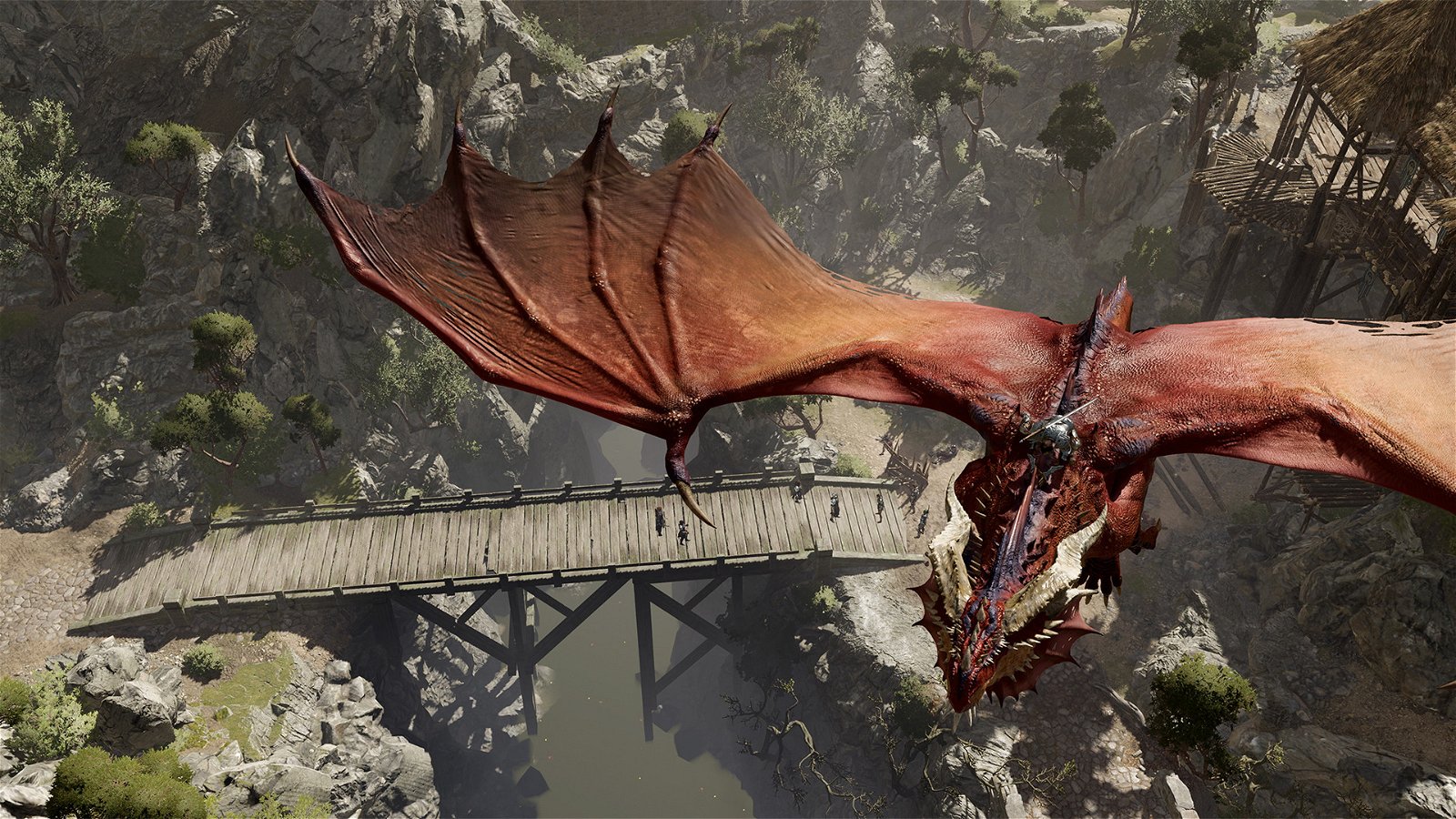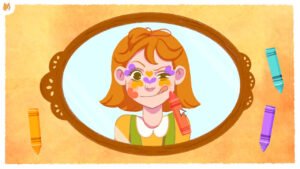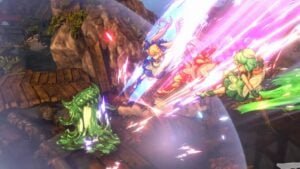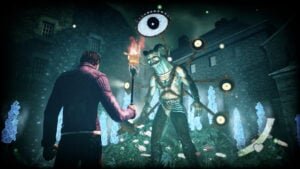Baldur’s Gate was a landmark game for many RPG fans. It presented a massive world that was ripe for adventure, and a story that was complex and varied. While there were plenty of RPGs at the time, something about Baldur’s Gate stuck with many gamers, myself included. It pushed the limits on what was possible on PC and gave a sense of the scope and possibilities games could allow.
“Baldur’s Gate 3 is the follow-up fans have been begging for.”
Now, close to 20 years later, Baldur’s Gate is back with the third instalment, and Larian Studios, known for the Divinity series, is at the helm. Taking advantage of the latest technology while keeping the core of what made the series so memorable, Baldur’s Gate 3 is the follow-up fans have been begging for. While at an event in New York, I got the chance to sit down with Adam Smith, senior writer for the game, to discuss the process, challenges and most exciting elements of reviving this legendary series for a new audience.
CGMagazine: Baldur’s Gate is a series that fans have loved for years. What is it like trying to revive a franchise that has had that dormancy, while still having such an avid fan base?
Adam Smith: First of all, I don’t think it was ever as dormant as it sometimes seems. I think that a lot of the threads of Baldur’s Gate did survive in Dungeons & Dragons as an actual setting and story. It’s such a fundamental part of Forgotten Realms and of the Sword Coast that there wasn’t this sense that nothing is happening for 20 years. We are set 100 years later, and that hundred years has been filled out pretty well by Wizards of the Coast. There is a lot of stuff that isn’t directly linked with the Bhaalspawn Saga, although some of it is as well, but there is a lot that we can draw from that isn’t directly in those first games.
“I was one of those people that loved the series so joining this team and working on this game is kind of the coolest thing in the world.”
To tackle the other part of the question, it’s a massive privilege and obviously with that there’s a weight of expectation. But me, I was one of those people that loved the series so joining this team and working on this game is kind of the coolest thing in the world. This is one of my fondest gaming memories and now we’re making new ones.
CGMagazine: I wanted to just touch on this into lore and the canon of Dungeons & Dragons up to this point. How much flexibility did you have as a writer for this installment of the series?
Adam Smith: There was a module that worked as a precursor to where we are, even if it’s not a prequel story. We spoke to Wizard of the Coast, while working to make sure things matched up. It is very collaborative in that sense, but in terms of the lore we would come up with concepts only to find out it already does exist. It has been decades with so many writers and so many designers, if you can think it, Dungeons & Dragons most likely has it in some way.
“What we tend to do is we find the really cool, weird stuff, then we just see how far we can push it…”
It’s already been thought of so what we tried to do is say, “let’s find these really cool weird, interesting parts of the Forgotten Realms.” What we tend to do is we find the really cool, weird stuff, then we just see how far we can push it and how it overlaps with the other stuff we want to do. Obviously, we’re going to end up in Baldur’s Gate and when you get there, a lot of different things are going to be converging on you, including a lot of different concepts and themes. It is exciting to see that happen.

CGMagazine: From the demo there are so many branching storylines, and every character has different origin stories that can be told. What was it like building those storylines, how daunting was that?
Adam Smith: We’re still doing it. It’s an ongoing process, and it’s very daunting. My favourite part of any writing is when somebody finds a corner of a dialogue, and they made specific choices just to get here. You found that, and no one else in your party did and very few other people would, but that’s the coolest part when it happens. So, putting in those bits always just feels really special. After that there is a point when we started to get the VO coming in, and we studied putting together cinematics, building the characters and it feels incredibly complicated. Basically, it is a piece of spaghetti on your screen and then you’re like “look what they did with it and now it’s real.” That’s a really cool moment.
“…when thousands of people are playing a dialogue and it goes a select way, we can react to that quickly.”
Knowing that the endpoint will be somebody playing it with a smile on their face or feeling very sad because you did something terrible. That’s really exciting. We are pretty good at knowing how to pull this stuff together. Once we have people playing it we will get 100 new ideas because it’s a role-playing game, so that means that I want you to be able to do the stuff that you feel your character would do. That means that when thousands of people are playing a dialogue and it goes a select way, we can react to that quickly. We can see that some people want something, so let’s do it. We are very reactive.
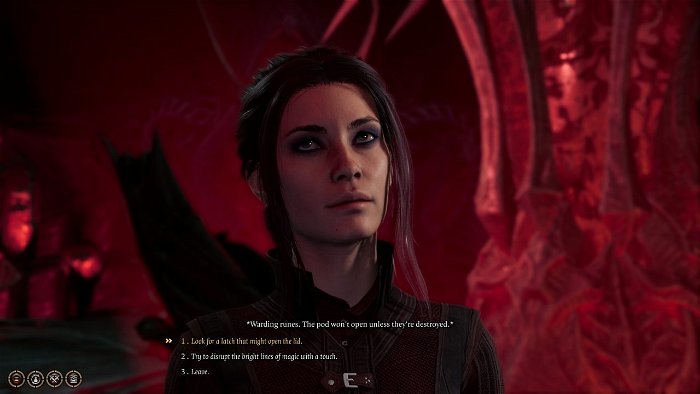
CGMagazine: How did you balance fresh material while still keeping true to past instalments?
Adam Smith: Baldur’s Gate 3 needed to not feel like it’s just a throwback or a nostalgia trip. It has to feel new, because that’s part of what Baldur’s Gate always was. It was the thing that was pushing things forward. We want to be there as well. Narrative wise, canonically, we are set 100 years later, so that means that we’re not going backwards. But the stuff that happened in Baldur’s Gate, the Bhaalspawn Saga, is not the kind of stuff that gets forgotten. So, it is part of our world. And we have characters who remember it. We have characters who have strong memories of it. 100 years is a long time if you are human, but it is not a long time if you are an elf. So, some people are still around who know what it was like to live through those events.
“The story within the game, within the Forgotten Realms, has a legendary status so there was no way we could ignore it.”
But it is that sense of both the history of the games, but also the history within the world of the events of the game, that is powerful. The story within the game, within the Forgotten Realms, has a legendary status so there was no way we could ignore it. You don’t need to know what happened 100 years ago to have your own story now. I don’t need to know the history of New York City to be able to be in New York City and experience it. Our objective was always to tell a new story that takes place in a world that recognizes the same world and all history that came before.
CGMagazine: With such an iconic series, did you ever feel limited by the world and how did you find ways to make it your own?
Adam Smith: I always say, making it our own because it feels like a collaboration, it’s really inspirational now working on something that’s licensed. I’m sure it can be restrictive for some, but I haven’t found that at all. Again, I think I already said, Dungeons & Dragons is a storytelling system. I think that the freedom of it, of saying, I want to treat storytelling as a form of play—which is what Dungeons & Dragons has always been about—it’s very much what I enjoy as a writer.
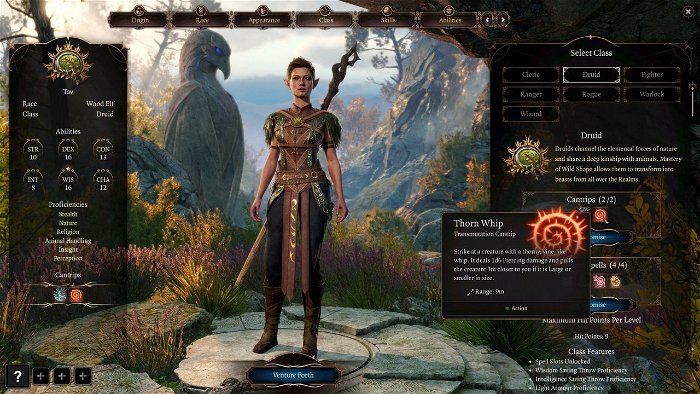
CGMagazine: For the players that are going to be jumping into Baldur’s Gate 3 for the first time, what should they expect and how will playing this game be different from past instalments?
Adam Smith: For me, the most important thing is to acknowledge and respect the choices that you make. So, this is a game where the first two clicks you make will be in character creation, and we want to reward your cause, we want to acknowledge them, and we want to say we see you. You will immediately realize the world, and the story is reacting to that. Then when you start to make other clicks, whether it’s a click to equip or to talk to somebody or pick their pocket, that all goes into our collective memory, and we’re going to recognize that as well.
“We want to give you as much freedom as possible.”
So, that is the thing that I’m proud of. To see how deep we go with that, especially with the origin characters, but also because we give the characters a huge amount of choices, and that point—making sure the players know that we are respecting their decisions and acknowledging them and saying: “We want to give you as much freedom as possible.” If you want to play straight or play completely chaotic and tear our story apart, we want to respect that. We’re in this together.
CGMagazine: Thank you for taking the time to talk.
Adam Smith: Thank you so much.
